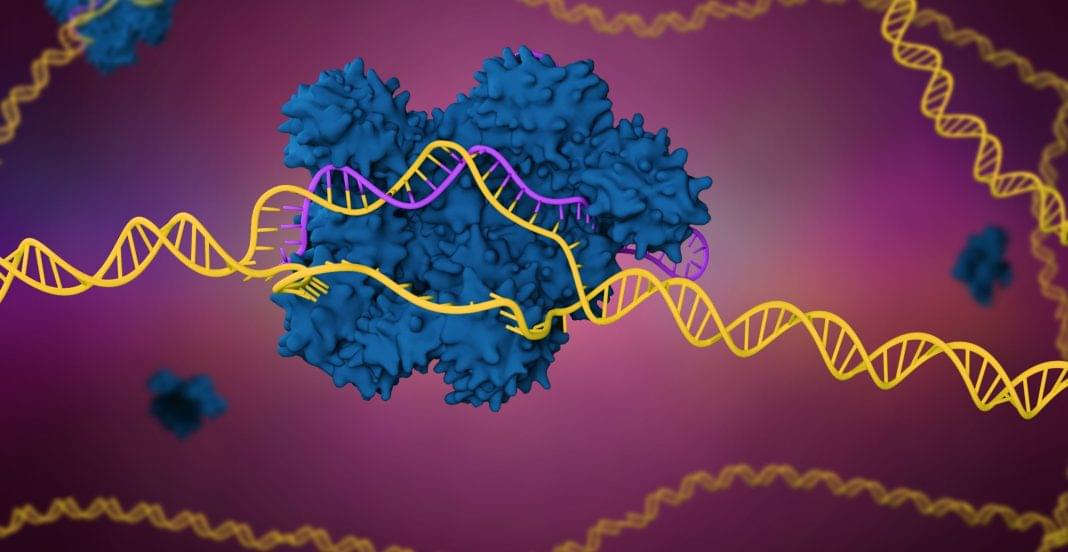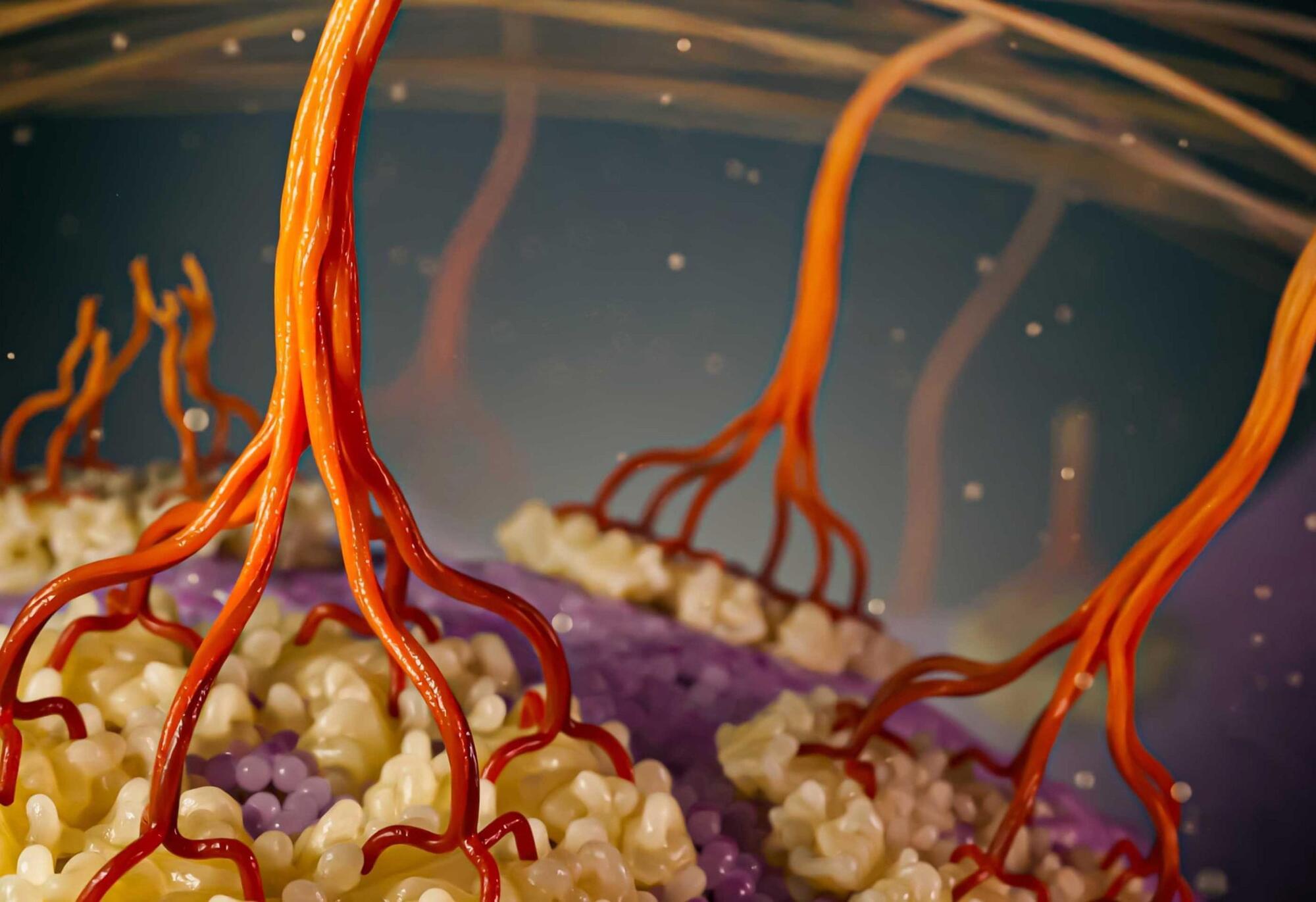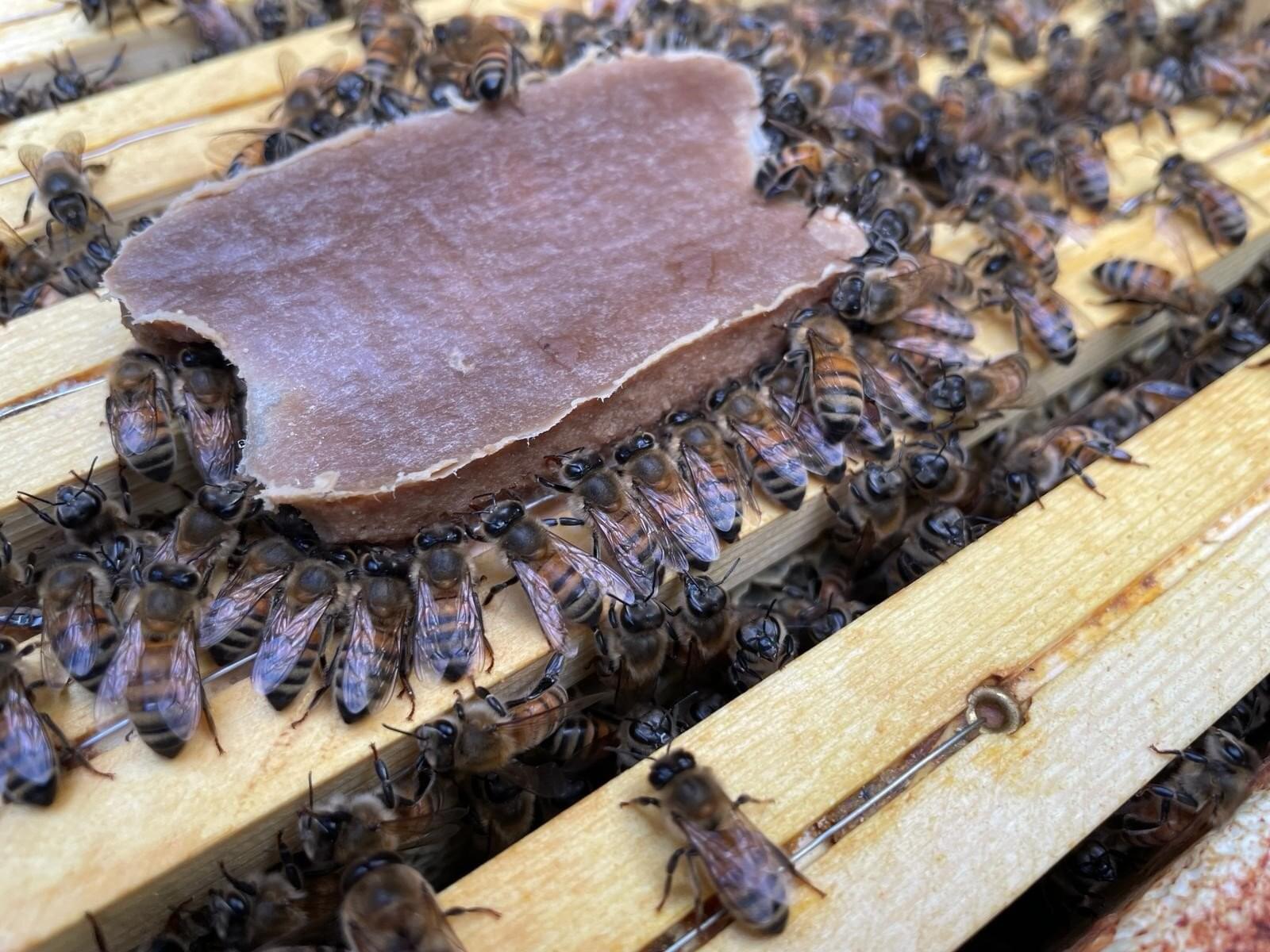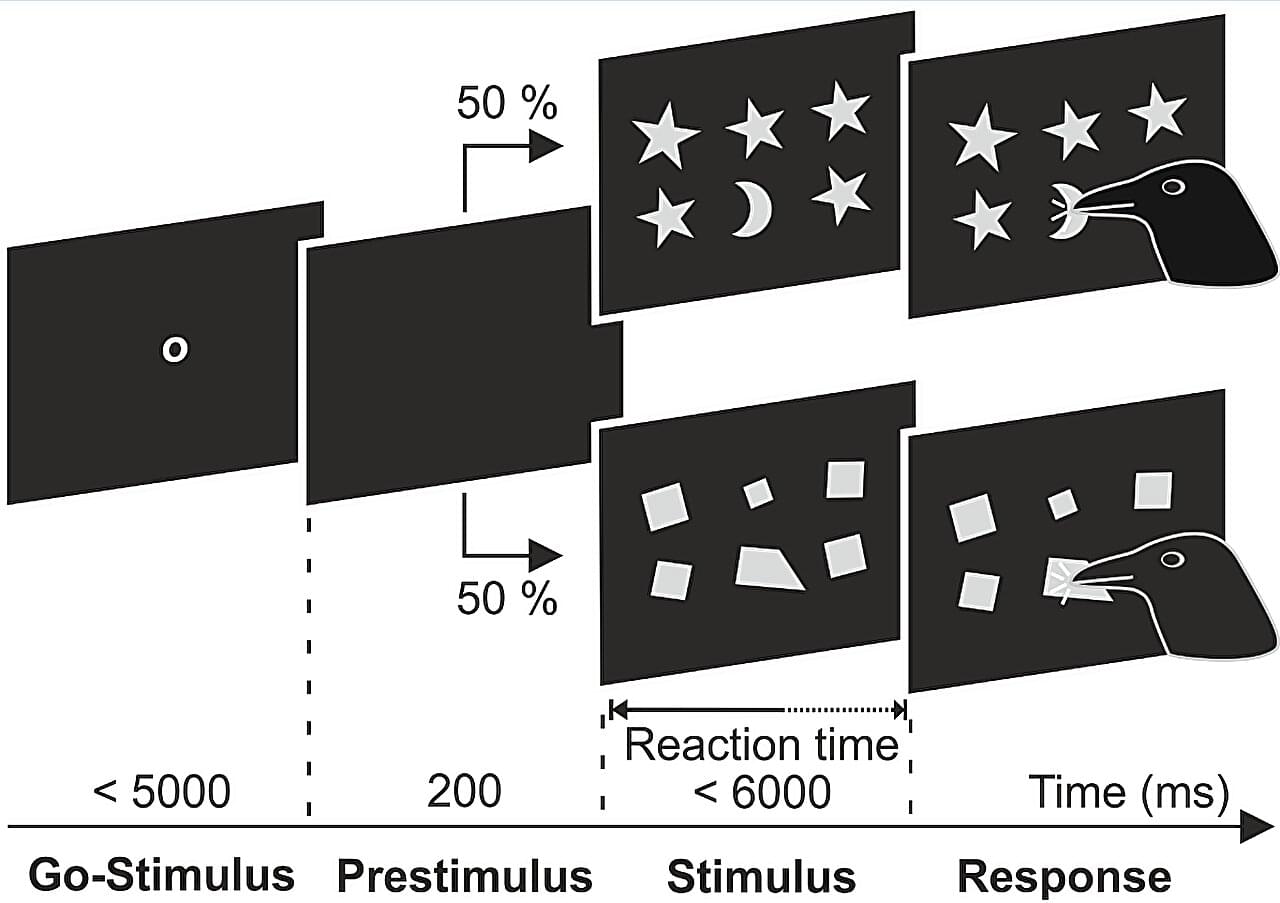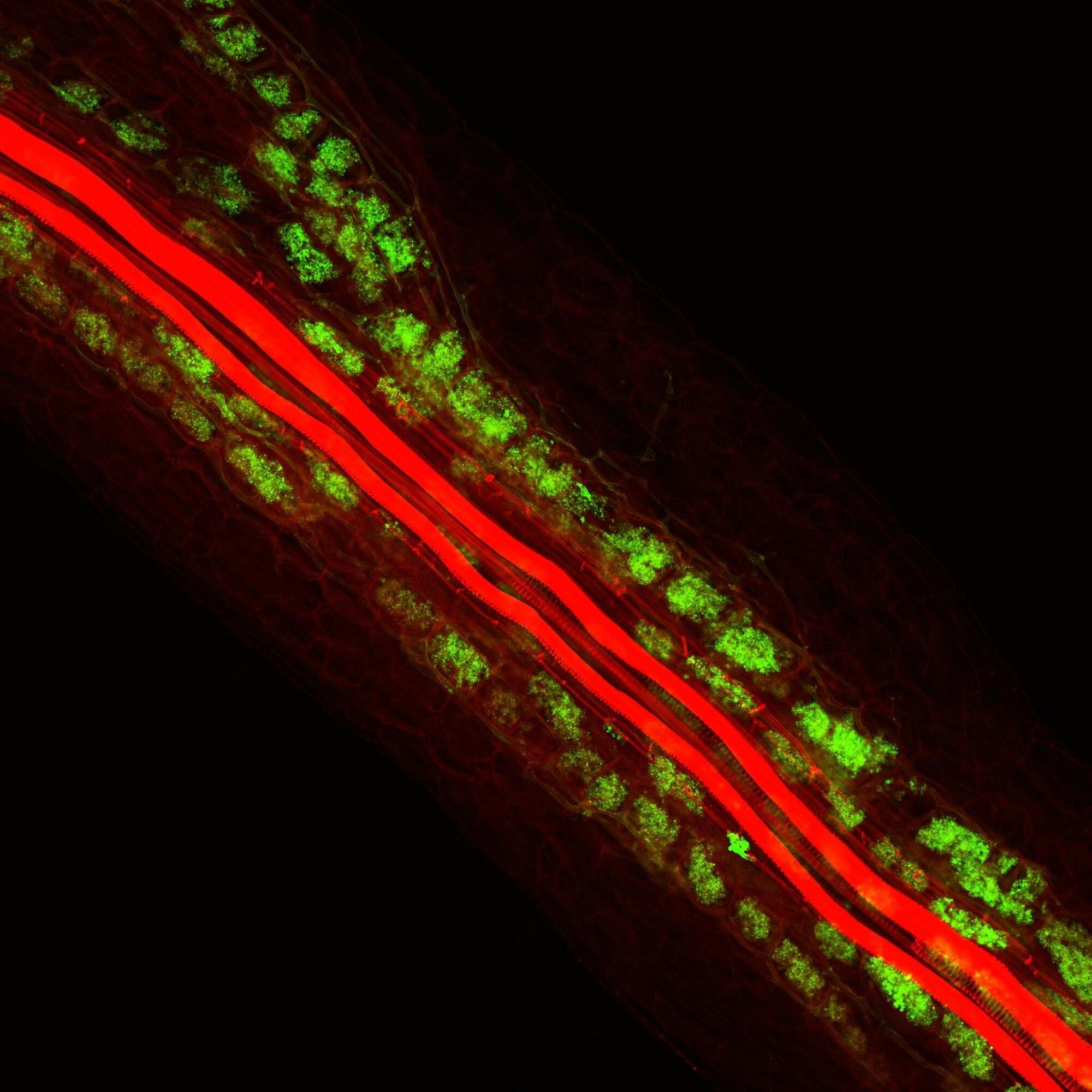In an effort to better understand why fruit flies are immediately attracted to our food, a team of scientists developed a device, called Flywalk, to measure the response of insects to odor signals. Researchers discovered males and females of the same species were attracted to different odors and tha
Category: food – Page 3
While CRISPR-mediated gene editing has led to powerful advances across biology, medicine, and agriculture, challenges persist in optimizing the editing efficiency of enzymes, such as the widely used Cas9 nuclease. This is especially true in therapeutic use cases, where the goal is to attain high rates of editing via a relatively low and transient enzyme dose.
In a new study published in the April 2025 issue of The CRISPR Journal titled, “Hairpin Internal Nuclear Localization Signals in CRISPR-Cas9 Enhance Editing in Primary Human Lymphocytes,” researchers from the Innovative Genomics Institute (IGI) at the University of California (UC), Berkeley, present a strategy to improve editing efficiency in human immune cells for therapeutic applications by leveraging new constructs for nuclear localization signal (NLS) sequences.
“Efficient CRISPR enzyme production is essential for translation. This is one element that allowed the rapid clinical evaluation of Casgevy, the world’s first genome editing drug. Unfortunately, this aspect tends to be overlooked in the basic research performed in academia,” said Ross Wilson, PhD, assistant adjunct professor of molecular and cell biology at UC Berkeley, who led the new study.
“Vaping and dabbing were most common among young adults aged 18–24 years. Trends in both of these routes of use have increased among adolescents and young adults.”
How does the average U.S. adult consume marijuana? This is what a recent report published by the Centers for Disease Control and Prevention (CDC) hopes to address as a team of CDC researchers investigated the range of cannabis products that are used by U.S. adults and which products are used more than others. This report has the potential to help scientists, legislators, and the public better understand cannabis use throughout the United States and develop educational and preventive measures for its use.
The report states, “As the availability and types of cannabis products expand, less is known about how persons consume cannabis. Historically, cannabis has most often been smoked; however, additional routes of use are available, including oral ingestion, vaping, and more recently, dabbing (i.e., inhalation of highly concentrated THC-based oils often heated using a blowtorch).”
For the study, the researchers conducted a survey of 138,625 participants to identify how both the frequency and method of cannabis use and broken up into several age groups. In the end, they found that 14,044 (15.3%) used cannabis with 6,848 (7.9%) using it daily. They found that 79.4% smoked cannabis while eating, vaping, and dabbing comprised 41.6%, 30.3%, and 14.6%, respectively. Additionally, 29.3% of non-Hispanic American Indian or Alaska Native (AI/AN) individuals were found to participate in dabbing, along with 23% of individuals without a high school diploma.
Once you get over the ick factor, new technologies are efficiently transforming human waste into agricultural solutions.
In a breakthrough with promising real-world applications, a team of Rutgers biophysicists, bioengineers, and plant biologists has captured the first live images.
In a groundbreaking study, researchers at Rutgers University-New Brunswick have captured continuous, 24-hour images of cellulose synthesis, the process by which plant cell walls are built, using living plant cells. This marks the first time the dynamic process of cell-wall construction has been observed in real time, offering critical insights that could lead to the development of more resilient crops, enhanced food production, and lower-cost biofuels.
Published in the journal Science Advances.
Scientists have unveiled a new food source designed to sustain honey bee colonies indefinitely without natural pollen.
Published in the journal Proceedings of the Royal Society B, the research from Washington State University and APIX Biosciences NV in Wingene, Belgium, details successful trials where nutritionally stressed colonies, deployed for commercial crop pollination in Washington state, thrived on the new food source.
This innovation, which resembles the man-made diets fed to livestock and pets all their lives, contains all the nutrients honey bees need. It’s expected to become a potent strategy for combating the escalating rates of colony collapse and safeguarding global food supplies reliant on bee pollination.
A trio of animal physiologists at the University of Tübingen, in Germany, has found that at least one species of crow has the ability to recognize geometric regularity. In their study published in the journal Science Advances, Philipp Schmidbauer, Madita Hahn and Andreas Nieder conducted several experiments that involved testing crows on their ability to recognize geometric shapes.
Recognizing regularity in geometric shapes means being able to pick out one shape that is different from others in a group—picking out a plastic star, for example, when it is placed among several plastic moons. Testing for the ability to recognize geometric regularity has been done with many animals, including chimps and bonobos. Until now, this ability has never been observed in any creature except for humans.
Because of that, the team started with a bit of skepticism when they began testing carrion crows. In their work, the testing was done using computer screens—the birds were asked to peck the outlier in a group; if they chose correctly, they got a food treat. The team chose to test carrion crows because prior experiments have shown them to have exceptional intelligence and mathematical capabilities.
Industrial farming practices often deplete the soil of important nutrients and minerals, leaving farmers to rely on artificial fertilizers to support plant growth. In fact, fertilizer use has more than quadrupled since the 1960s, but this comes with serious consequences. Fertilizer production consumes massive amounts of energy, and its use pollutes the water, air, and land.
Plant biologists at the Salk Institute are proposing a new solution to help kick this unsustainable fertilizer habit.
In a new study, the researchers identified a key molecule produced by plant roots, a small peptide called CLE16, that encourages plants and beneficial soil fungi to interact with each other. They say boosting this symbiotic relationship, in which the fungi provide mineral nutrients to the plants through CLE16 supplementation, could be a more natural and sustainable way to encourage crop growth without the use of harmful artificial fertilizers.
A chemical injected before MRI scans to help create sharper images may cause some patients to experience a potentially deadly complication in rare cases, a new study suggests.
Researchers from the University of New Mexico found that gadolinium – a toxic rare earth metal used in MRI scans – could mix with oxalic acid found in many foods to precipitate tiny nanoparticles of the metal in human tissues.
The research, published in the journal Magnetic Resonance Imaging, assessed the formation of these nanoparticles associated with potentially deadly health problems in the kidneys and other organs.
It was once thought that when an aging star engulfed a planet it would be a dramatic swelling and devouring event akin to a predator eating its prey. New observations, however, tell a very different story.
Data from NASA’s James Webb Space Telescope (JWST) reveals that the planet’s orbit didn’t terminate with a sudden engulfment. Instead, the planet spiraled slowly inward over time until it met its fiery end.
The scientists behind this surprising update are from NSF’s NOIRLab, and they worked with data collected by Webb’s powerful mid-and near-infrared instruments.

